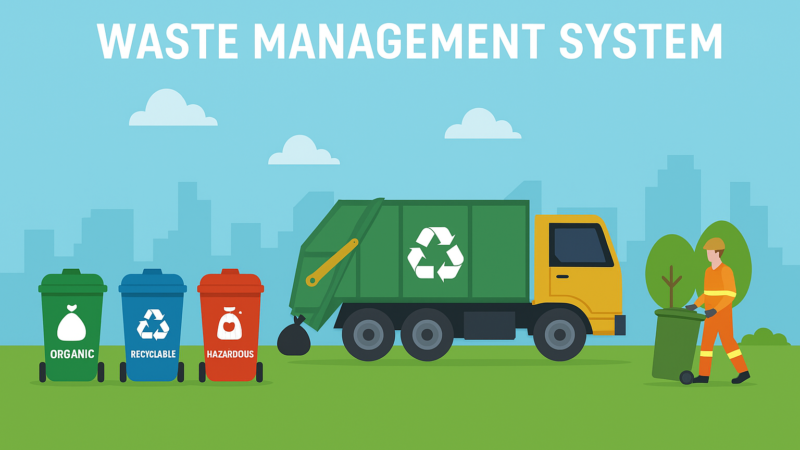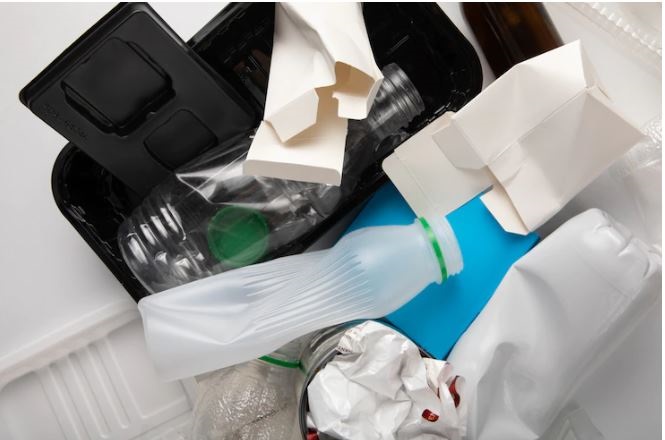Air Pollution Solutions for Delhi–NCR

Delhi–NCR faces a complex, seasonal air-quality problem driven by multiple sources: crop-residue burning in neighbouring states, vehicle emissions, construction and road dust, industrial stacks and thermal plants, household burning and diesel generators, and meteorological factors that trap pollutants. Addressing this requires coordinated policy actions, technology adoption, enforcement, and behaviour change across the region. Below is a practical, evidence-based package of solutions—policy, technical and social—that together can produce sustained air-quality improvement.
1. Strengthen and operationalize the Graded Response Action Plan (GRAP)
GRAP provides a clear, stage-wise set of measures (from advisories to strict restrictions) tied to AQI thresholds; it enables rapid, coordinated responses across Delhi and adjoining NCR districts. Full and consistent application of GRAP — combined with better forecasting and real-time AQI triggers — reduces the guesswork and ensures targeted measures (e.g., banning construction activity at Stage III/IV, restricting diesel generators, tightening emissions checks). Robust coordination between municipal, state and central agencies to implement GRAP orders is essential.
2. Eliminate high-polluting, end-of-life vehicles and improve on-road emissions control
Ageing vehicles emit disproportionately more PM and NOx. Policies that identify and phase out end-of-life (EOL) vehicles — combined with incentives for scrappage and public subsidies for cleaner replacements — will cut emissions. Measures such as denying fuel to EOL vehicles (using ANPR and database checks) are being adopted in phases across NCR to accelerate fleet renewal; complementary steps must include easy scrappage access and financial support for low-income vehicle owners. At the same time, strengthen periodic emission tests (PUC) and expand roadside checks.
3. Electrify public transport and accelerate EV adoption where it reduces lifecycle pollution
Replacing diesel and petrol buses, three-wheelers, and last-mile vehicles with electric vehicles (EVs) yields large local air-quality benefits—especially when electricity is progressively cleaner. Delhi’s push to deploy electric buses and incentivize EVs (financial incentives, charging infrastructure, and public procurement) should be accelerated and paired with grid decarbonization planning. Evidence suggests a major reduction in tailpipe pollutants if the bus fleet is electrified and charging is managed intelligently. Policy must also ensure equitable access to EV incentives and rapid expansion of public charging points.
4. Cut agricultural stubble burning at source with scalable alternatives
A large share of wintertime PM spikes originate from paddy stubble burning in Punjab and Haryana. Effective solutions combine: (a) in-situ management (Happy Seeder, rotavators, microbial decomposers), (b) economically viable ex-situ uses (bio-CNG, pelletisation, composting), (c) direct incentives/subsidies for machinery rental and procurement, and (d) strong monitoring and enforcement supported by satellite alerts. Central and state agencies must ensure timely mechanization, fair pricing for straw-based products, and local enterprises to process biomass so farmers have profitable alternatives to burning. Recent government directions, monitoring and outreach have reduced incidents in some years but require scaling and reliable finance to make the change permanent.
5. Control dust from construction, roads and unpaved areas
Construction and road dust are persistent urban sources. Enforce existing C&D (construction & demolition) waste rules: cover trucks, regular water-spraying, wheel-washing at sites, and immediate disposal of debris. Expand paving of dusty stretches, quick greenery along major corridors, and street sweeping with mechanized vacuums. Require dust screens on construction sites and penalties for non-compliance, while fast-tracking C&D recycling industries to reduce on-site stockpiles.
6. Regulate industrial and thermal sources with clean technologies and fuels
Tighten emissions limits for small-medium industrial units, mandate flue-gas treatment (ESP, bag filters) and move high-polluting units to cleaner fuels or hybrid systems. For power generation, accelerate retirement or retrofitting of old, inefficient thermal plants and ensure these plants comply with emission norms year-round; promote captive power projects to transition to natural gas or renewables where feasible.
7. Curtail use of diesel generators and polluting domestic fuels
Ban routine use of diesel generators in areas with grid availability, incentivize battery backup and cleaner generation for emergency use only. Promote clean cooking fuels (LPG, piped natural gas, induction cooking where grid permits) to reduce household contributions to particulate pollution.
8. Invest in monitoring, forecasting and transparency
Expand the spatial density of reference-grade monitors and low-cost sensor networks across NCR to give granular local data. Strengthen forecasting models (IMD, IITM, SAFAR) and deliver actionable forecasts to authorities and citizens (e.g., school closures, construction bans, odd-even if needed). Open data and public dashboards help accountability and allow citizens to modify behaviour (masking, travel choices).
9. Use targeted interventions backed by evidence
Short, blunt measures (like odd–even vehicle rationing) can raise awareness and sometimes reduce peak traffic, but assessments show limited long-term air-quality gains unless paired with broader transport shifts and improved public transit. Instead, favour measures that permanently cut emissions: fleet renewal, electrified public transport, improved mass transit capacity, and demand management (congestion pricing, parking policy) supported by high-quality last-mile options.
10. Mobilize citizens, businesses and finance
Behavioral change matters: cleaner heating/cooking, waste disposal, reduced open burning, and ride-sharing. Businesses can invest in electrifying fleets, green procurement and on-site emission controls. Public-private financing (green bonds, air-quality funds) can underwrite expensive infrastructure: e-bus procurement, scrubbers for plants, biomass processing units, and charging networks.
Implementation priorities and governance
Delhi–NCR’s governance is fragmented; a single-window, regionally integrated implementation unit (building on CAQM’s mandate) is required to coordinate state governments, urban local bodies and central agencies, ensuring uniform rules, synchronized enforcement and shared financing. Long-term gains require a mix of emergency actions (effective GRAP triggers), medium-term investments (public transport electrification, dust control, biomass processing) and long-term structural change (clean energy grid, agricultural practice shifts).
Conclusion
No single fix will solve Delhi–NCR’s air problem. The region needs a persistent, multi-sectoral strategy: enforce GRAP and EOL vehicle policies, scale EVs and clean public transport, eliminate open agricultural burning with viable alternatives, control dust and industrial emissions, and expand monitoring and public engagement. When political will, technical planning and sustained financing converge, air quality can improve significantly—protecting public health and the economy of the capital region.



